





A couple of years ago I was able to tour the studio of photographer Gus Foster, thanks to my friend Nor, who gathered together a group of artists and friends in Taos, New Mexico, where Gus lives. Yesterday's panorama view of Freiburg im Breisgau reminded me of that rich experience.
Born in Wausau, Wisconsin, Foster was curator of prints and drawings at the Minneapolis Institute of Arts before moving to Los Angeles (1972), and then Taos (1976), to work full time on his own images. Now he is a world leader and innovator in panoramic print photography, inventing cameras and darkroom equipment that allow him to make limited edition prints remarkable for their size, scale, and technical virtuosity. While the web gives you a sense of the geographical range of his work, it doesn't do justice to the images. Made from 5"x 25" negatives, they are as large as 36" x 144", mounted on a 100% rag paper substrate; even the process of mounting images that large requires extraordinary effort, equipment, and skill.
But what seems almost surreal about Foster's artwork is the effort that goes into getting those images into his specially-designed (not-at-all lightweight) camera in the first place. To photograph the highest mountain peaks in the United States he spent many years learning survival skills: tracking, map and compass navigation, swiftwater rescue technique, rope work, wilderness medicine, and "all the common sense 'do and don't' skills that often make that critical difference in the outdoors." He raised his own dogs to help him make the trips, and formed relationships with other mountaineers. Once in a while he'd climb to the top of a mountain and weather conditions wouldn't allow his camera to function, so he had to deal with dramatic disappointments of that kind, too.
Foster also made two "X Marks the Spot" walking tours, trekking across the United States to create a visual pun on the phrase "cross country." He walked from Mexico to Canada from May-September 2004, and then from Canada to the Gulf of Mexico from July to December 2005. There is a made-into-sculpture collection of coins and bills picked up along the road in his studio.
Foster probably knows the physical landscape of the Rocky Mountains as was well as anyone. He's also photographed fields of wheat, cranberry bogs, woods filled with aspen, the Rio Grande, and mountain peaks in other parts of the world. One of the panoramic images I found most interesting is a recent one of himself in a car on a highway with a truck bearing down, an old buggy, a motorcycle, even a walker along the side of the road (if I remember this right) – a visual history of real-time road travel caught in one still image, complete with a rare self-portrait of the photographer as he catches that fleeting 360+º moment in time.
What became clear to me during the studio tour is that Foster is a conceptual artist as much as anything else: he plays with very subtle and sophisticated notions of capturing time and space. Panoramic photography shows the movement of a camera in a full circle over time, so that the left and right edges of the image meet and overlap slightly, on a flat plane, after a time lapse.
Foster has an image of the Vietnam War Memorial, which is also designed as a physical panorama with overlapping edges in time: the entrance at either end of the tapered wall happens at a midpoint date in the war; to make the full circle you need to loop around. You walk to the deep center angle of the wall to find the point where the beginning and the end of the conflict meet.
Here is an image of Point Sublime in the Grand Canyon, Foster's Year 2009 Poster/Calendar; it makes a great gift.
























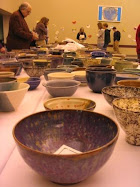
































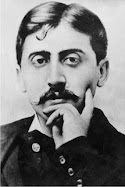






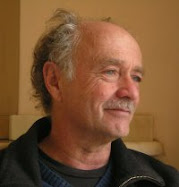











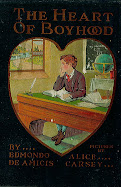
















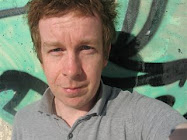




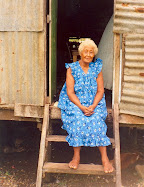




































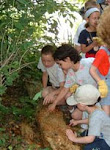.jpg)














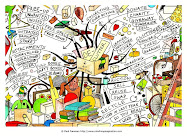






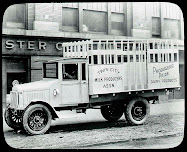





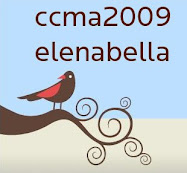














































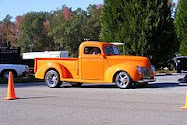













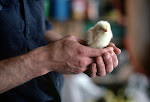
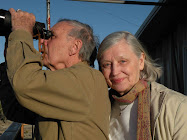
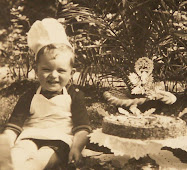














































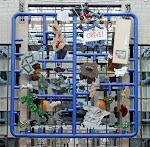.jpg)








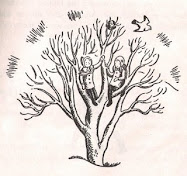







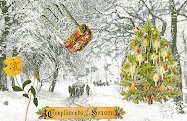



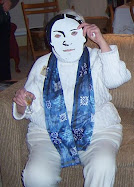
















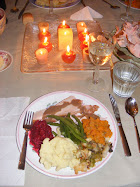



































































No comments:
Post a Comment